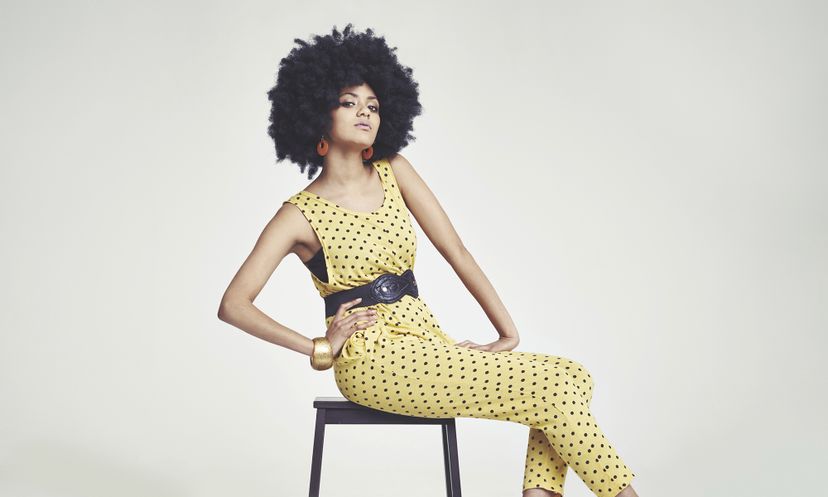
About This Quiz
You love dressing in the latest fashions and have a flair for color, but do you know all about the fabric you wear? Do you take your carpet for granted or do you know all about how it was manufactured? Challenge your knowledge of the multitude of fabrics that surround us in every facet of life. Take this quiz and find out what you really know.The look or feel of a fabric can trigger memories of a first love, a cherished vacation or a sense of comfort.
Putting together outfits can be an ultimate form of creative expression. Expressing yourself with your clothing choices can let people know who you are and how you feel.
We use colors, materials and cut to express various moods. We can even convey or attitude or our personality with the clothing choices that we make.
Advertisement
In days gone by peasants could not afford more than basic clothing that they made from sackcloth. Only wealthy people could afford nice clothing.
Raw materials used to create modern fabrics fall into three major categories. Fabrics are manufactured from natural plant sources, animals or synthetic products.
The flax plant is used to manufacture linens. The plant is harvested by hand, flattened to remove seeds and combed to separate the fibers before it is processed into linen.
Advertisement
Cellulose, a sugar polymer derived from plants, is forced through a machine called a spinneret to form a rayon fiber. A spinneret resembles a showerhead.
Polyester is produced in essentially the same way as nylon and rayon. Polyester is noted for being stronger and more versatile than are its synthetic counterparts.
Many treaties were enacted to discourage sweatshops, but unfortunately not many have been ratified. The most successful catalyst for change has been social action such as letter writing campaigns and boycotts.
Advertisement
No matter if the fiber is derived from plants, animals or man made chemicals they must all go through three basic steps to convert them to a usable fabric.
Raw fibers are transformed into yarn in the first step on their journey to become your next shirt or blouse. Fibers are spun by using a spinning wheel and collecting the resultant yarn on a bobbin.
The yarn from our first step is woven on a loom with two sets of yarn. The first set of yarn is called the warp that is strung on a metal rack and the second set called the welt is on metal rods with one thread per rod.
Advertisement
The fabric that comes off the loom is called greige. The discolored greige is full of impurities such as oils, wax and debris.
Lace typically was manufactured by hand crocheting. There are now crocheting machines that automate the process of manufacturing very beautiful lace fabrics.
White fabric derived from a three-step fiber production phase has to undergo mercerization. Mercerization is a process of bathing the fabric in a chemical solution to open up the pores on the threads so they readably accept the dye.
Advertisement
The cloth is washed and stretched after completion of the mercerization process. The stretching also helps to open up the fiber to accept dye better in addition to aligning the weave.
Most fabric dyes are produced with chemical compounds called reactive dyes. These dyes react to the molecules in fibers and work to form a cohesive bond that helps keep the dye in place.
The chemicals in color safe bleach form a clear shield that hold in color and reflect light; giving the effect of making your colors look brighter.
Advertisement
The earliest surviving scraps of fabric originated in Anatolia (modern day Turkey). These scraps date to around 6500 B.C.E. and consisted of woven rugs as well as cotton spun by hand.
China is the current world's leader in fabric and clothing production. The primary reason for its success is low wages and poor working conditions, but America is leading the way in capitalizing on the movement that gives preference to locally produced fabrics.